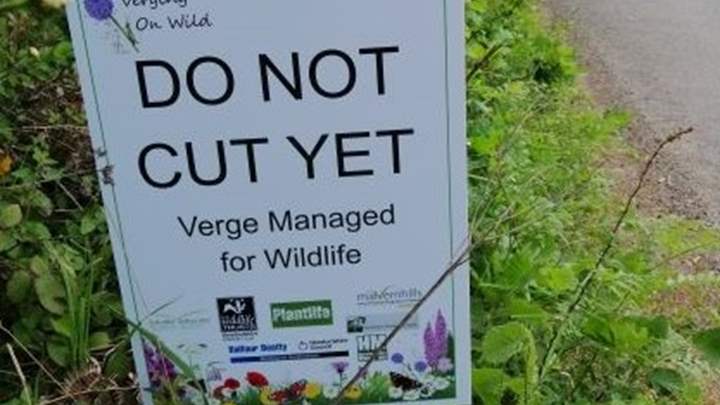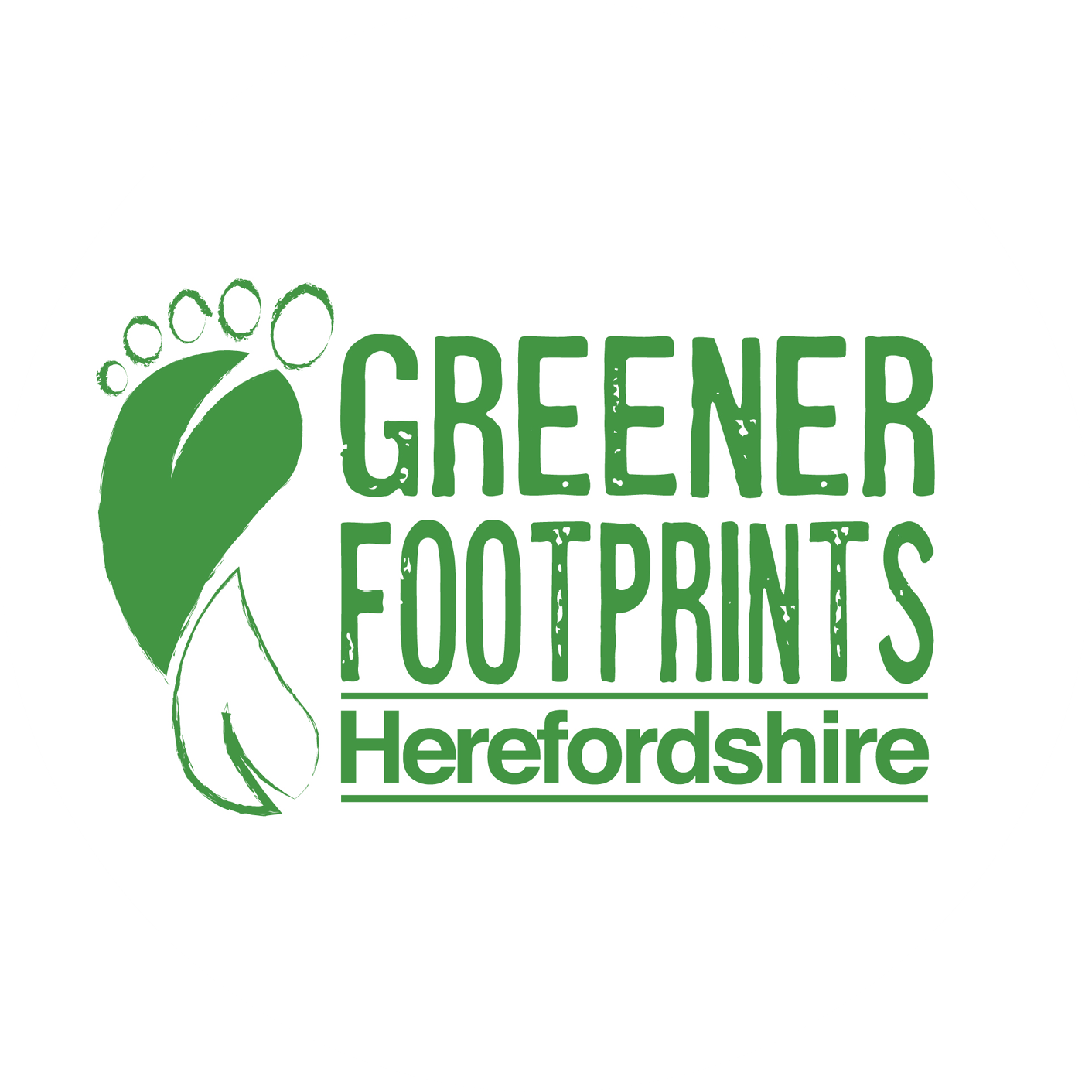
Verging on wild
Road verge flora is deteriorating in many parts of the UK. The decline is caused by the way we cut and manage verge habitat. Cutting begins in the spring and is repeated in the summer so that few plants have a chance to set seed before the mowers arrive. The result of this mowing regime and the practice of leaving the cut vegetation to rot down where it is, has caused a decline in roadside species and an increase in weed species such as nettles, cow parsley and hogweed. This is bad news for wildflower numbers and diversity. It is also bad for populations of bees, beetles and butterflies that rely on these plants for food, and for the birds that eat these invertebrates.
Rural verges are equal to half our remaining grasslands and meadows, so if we can change verge management to benefit wildlife, it will make a significant difference, especially in a rural county like Herefordshire.
In Herefordshire in 2018, three friends decided to take action to improve our local verges and "Verging on Wild" (VOW) was formed. VOW is now affiliated to Herefordshire Wildlife Trust and is working to encourage Herefordshire Council, parish councils and their contractors to follow the best practice guidelines. Verging on Wild is also working to reinstate good management for a list of special verges which are the best wild flower verges in the county. These are called Roadside Verge Nature Reserves (RVNRs). VOW is organising groups of volunteers to place signage, monitoring and management on the listed sites. Many enthusiasts have already proposed their own local sites which have now been surveyed and added to the list for their protection.
Find out more, including how you can get involved at Verging on Wild | Herefordshire Wildlife Trust (herefordshirewt.org)

